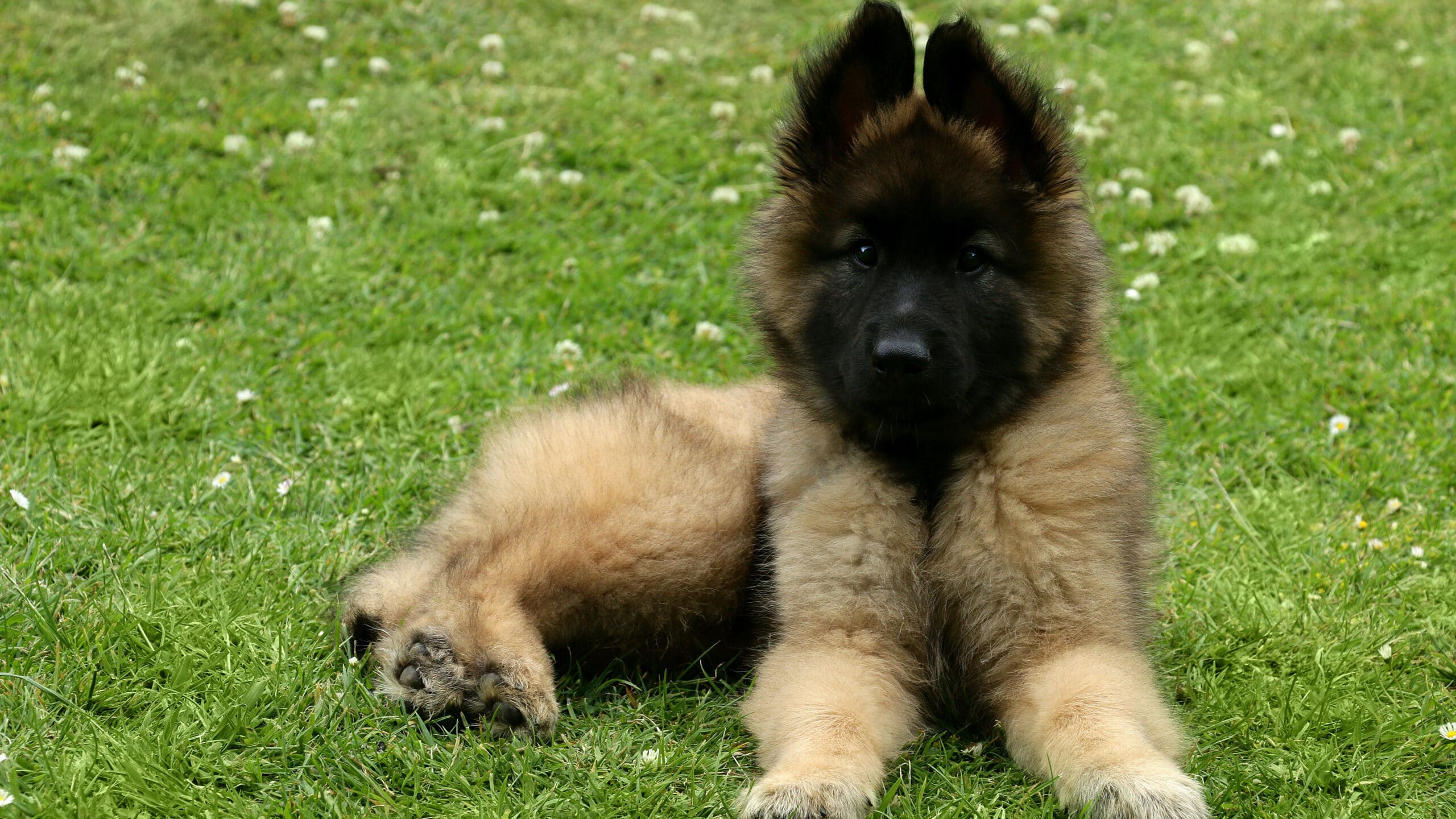Introduction
Having a beautiful lawn is a dream for many homeowners, but as pet owners, it’s essential to prioritize pet-safe lawn care. This will ensure the safety and well-being of your furry friends for years to come.
With the right approach, you can have a lush and vibrant lawn that your pets can enjoy without worry. In this article, we will explore some essential steps for maintaining a pet-friendly lawn. We talk about animal wellness a lot, but most people focus on nutrition or exercise. Another aspect of keeping your dogs, cats, and gophers healthy is being mindful of their environment.
So, let’s dive in and discover how you can create a safe haven for your pets by creating an amazing lawn.
Table of Contents
Why Pet Safe Lawn Care is Important for Pet Owners
A well-planned approach to lawn care is essential for pet owners to maintain a safe and healthy environment for their furry friends. A properly maintained lawn reduces the risk of pests such as fleas and ticks, which can cause discomfort and transmit diseases to pets.
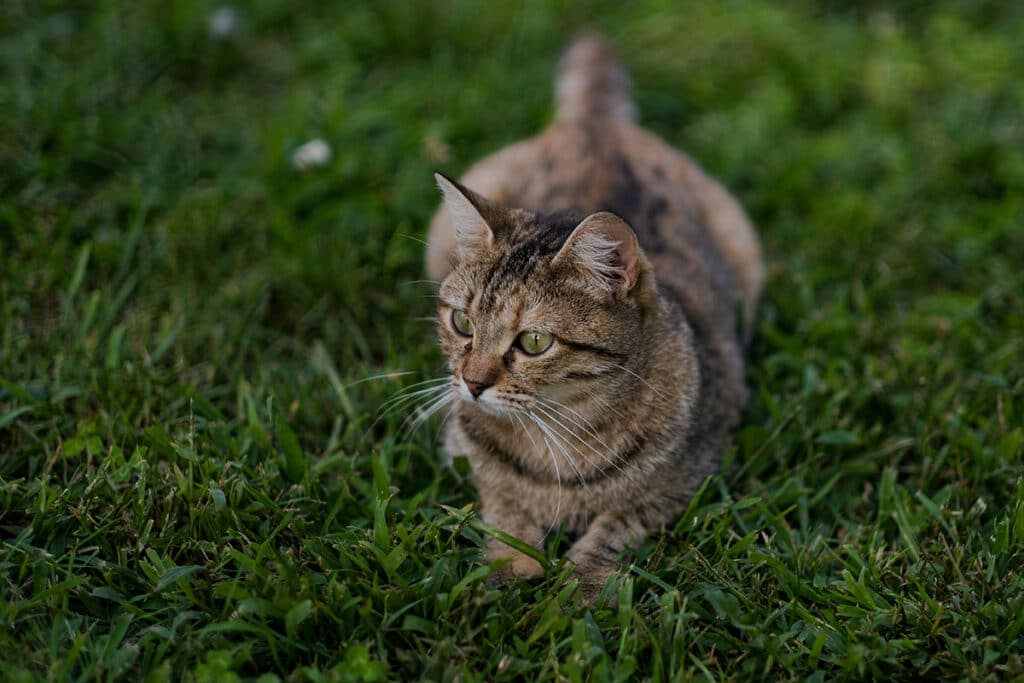
Regular lawn maintenance also helps to prevent the accumulation of harmful substances like chemicals, pesticides, and other toxins that can be ingested or absorbed by pets through their paws or fur. Additionally, a thoughtfully cared-for lawn provides a clean and comfortable space for pets to play, exercise, and relieve themselves, promoting their overall well-being and happiness.
By prioritizing pet-safe lawn care, pet owners can ensure a conducive outdoor environment that contributes to their pets’ health and quality of life for the long term. That is the sort of pet wellness we can get behind! Read on to find out how to take the next steps for your pets.
Equally important is making sure your indoor plant selection is pet-safe as well.
Step 1 – Understand Harmful Chemicals in Conventional Products
Pets can be exposed to harmful chemicals in conventional lawn care products, which can negatively impact their health. It is important to understand the potential dangers associated with these chemicals to ensure the well-being of your pets. Learning how to read the labels of these products can be a useful skill.
Harmful chemicals in these types of products can include Glyphosate. Glyphosate is a commonly used herbicide that has been linked to various health issues in both humans and animals. It is important to be aware of the potential risks associated with exposure to these chemicals.
Cats are prone to ingest these chemicals by walking on treated areas and then grooming themselves, while dogs are more likely to directly consume the grass or plants that have been treated. Absorption through the skin is also a possibility that you need to account for regardless of the type of pet.
The toxic effects can range from mild irritation to more severe symptoms such as vomiting, diarrhea, and even organ damage. Therefore, it is crucial to prioritize the safety of your pets by choosing pet-safe lawn care products.
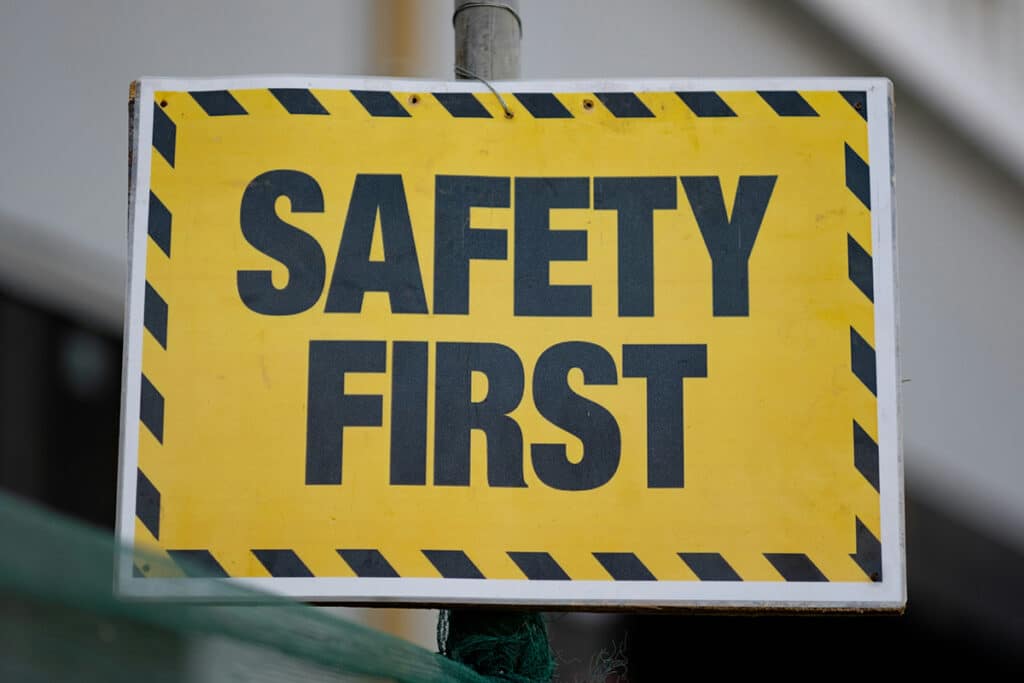
Step 2 – Identify Pet Safe Lawn Care Alternatives
One way to identify pet-safe alternatives to conventional products is to look for options that are specifically labeled as safe for pets. Additionally, you can research and choose organic or natural alternatives that do not contain harmful chemicals such as those we’ve already discussed. Another option is to consult with a veterinarian or pet care expert who can recommend safe lawn care products for your household.
It is also important to carefully read the labels and product descriptions to ensure that the ingredients used are non-toxic to animals. Consider using natural fertilizers to promote a safe and healthy lawn for your pets. Lastly, always follow the instructions on the product labels and avoid using excessive amounts of any lawn care product.
Choosing a pet-safe lawn care product shouldn’t be difficult if you put in the effort to understand the options.
Step 3 – Mow Your Lawn Safely & Effectively
Mowing your lawn is a key step in maintaining a healthy environment, but it can also create some danger to your pets. To ensure pet safety while mowing your lawn you should keep your pets indoors or in a secure area away from the mowing area. Always check the yard for any toys, rocks, or other objects that could potentially be thrown by the mower and cause harm.
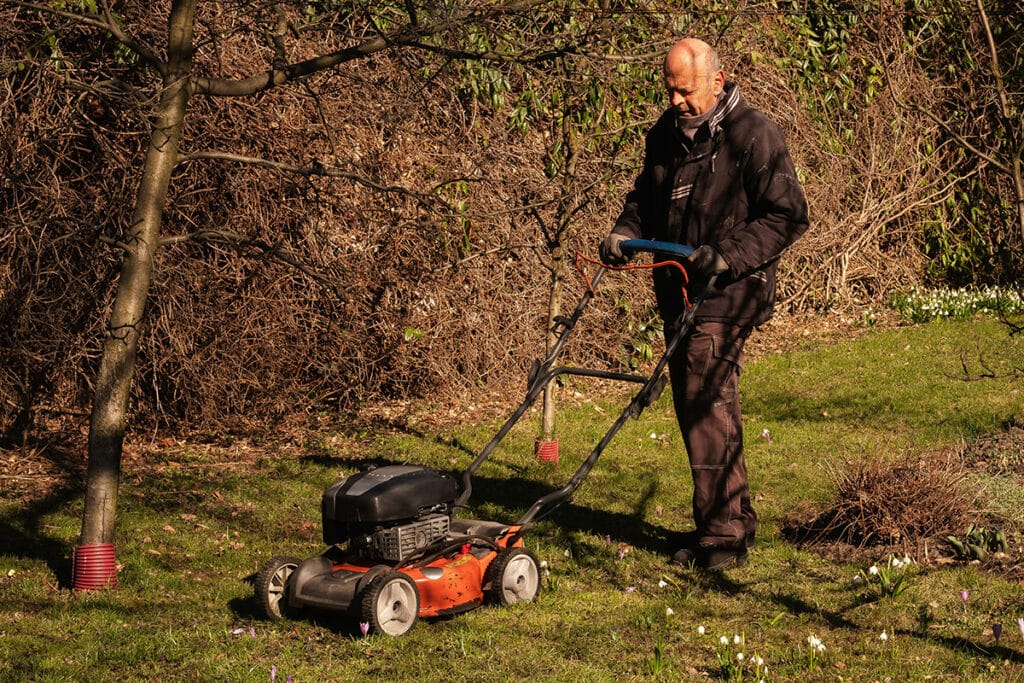
Set your mower to the proper length of cut to avoid overgrowth, typically shorter is better. Using a mower with a bagging attachment to collect grass clippings will help prevent your pets from ingesting them, while also not allowing them to clump up and create pest sanctuaries.
Keeping your lawn from becoming overgrown will help deter dangerous fungi, weeds, and pests from taking hold. Ingesting of toxins, or disease transmission from pests are a few of the leading causes of vet visits in pets so following this advice can reduce that risk.
Step 4 – Manage Weeds Without Jeopardizing Pet Health
To maintain a pet-friendly lawn, it’s crucial to manage weeds without compromising your pet’s health. Opt for pet-safe weed control methods that won’t pose any harm to your furry friends. Regularly inspect your lawn and surrounding landscaping for any weed growth and promptly address them using pet-friendly weed control products or natural alternatives.

Vinegar-based solutions can effectively kill some weed families and remain safe for pets. However, the safest of all options is to manually remove weeds without using any chemicals at all. By prioritizing your pet’s well-being and using safe weed control practices, you can ensure a healthy and happy environment for both your canine and feline friends alike.
Step 5 – Control Pests Using Natural Methods
It’s important to follow proper watering and irrigation methods to ensure your lawn remains safe for your pets. If you water your lawn regularly, avoid overwatering which can create damp conditions that attract pests. Additionally, consider using irrigation techniques that evenly distribute water and prevent pooling or runoff. These practices will help maintain a healthy and pet-friendly lawn.

Choose pet-safe pest control methods for your lawn to ensure the well-being of your pets. Avoid using harmful pesticides or insecticides that may pose a risk to your pets’ health. Instead, opt for natural pest control methods such as introducing beneficial insects or using organic pest repellents
You can also add natural methods for repelling mosquitoes to protect your pets from bites and potential diseases without using harmful chemicals by using the proper irrigation techniques we’ve already discussed. Standing water is a sure way to attract mosquitoes and should be avoided.
Step 6 – Implement Your New Lawn Care Practices
Once you’ve identified best practices to keep your pets safe and healthy, putting them into action is simple. Stick to the instructions provided by the product and you should be in good shape. For more natural, non-productized approaches such as using vinegar-based weed control, there are plenty of recipes for these sorts of purposes available.
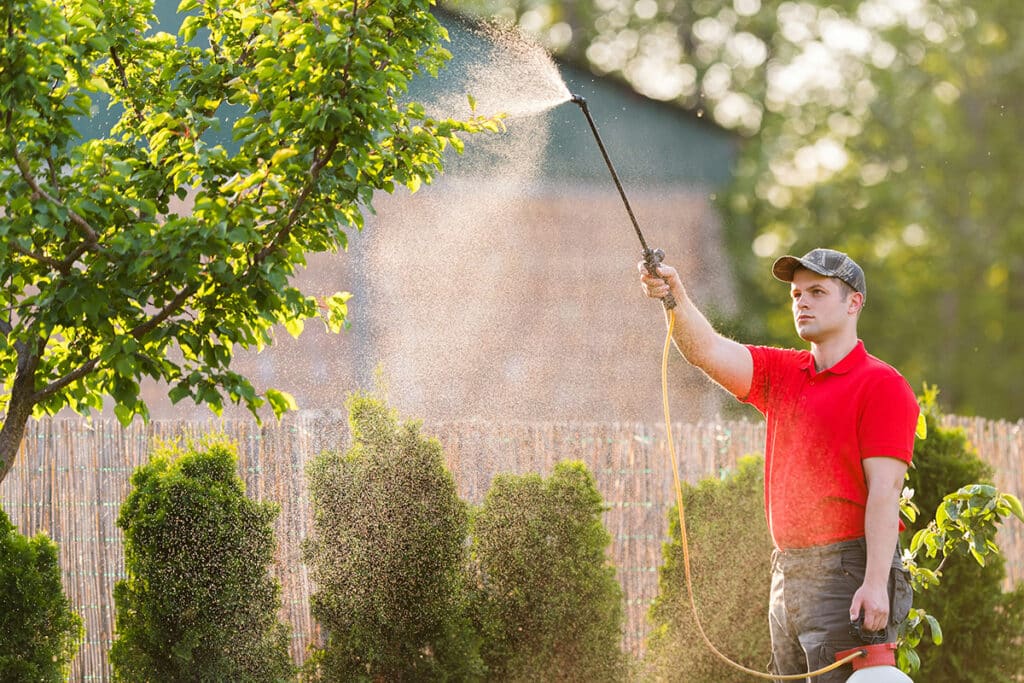
Admittedly, some of the pet-safe products may not be quite as effective as conventional methods, perhaps requiring multiple treatments. But this is energy well spent to protect the health of your loved ones.
Conclusion: Pet Safe Lawn Care is Possible
By putting into practice everything we’ve talked about in this post, you can create the perfect lawn that you and your pets can enjoy together. While it may take a bit more work through additional treatments, or even some elbow grease to get those weeds out, the reward is happy and healthy pets for years to come.
Do you have any tried and true tips for pet-safe lawn care?
